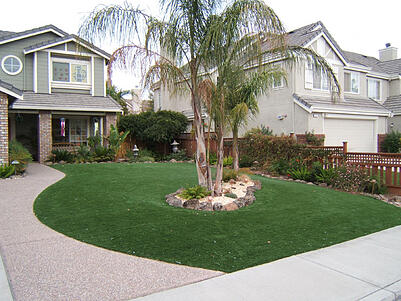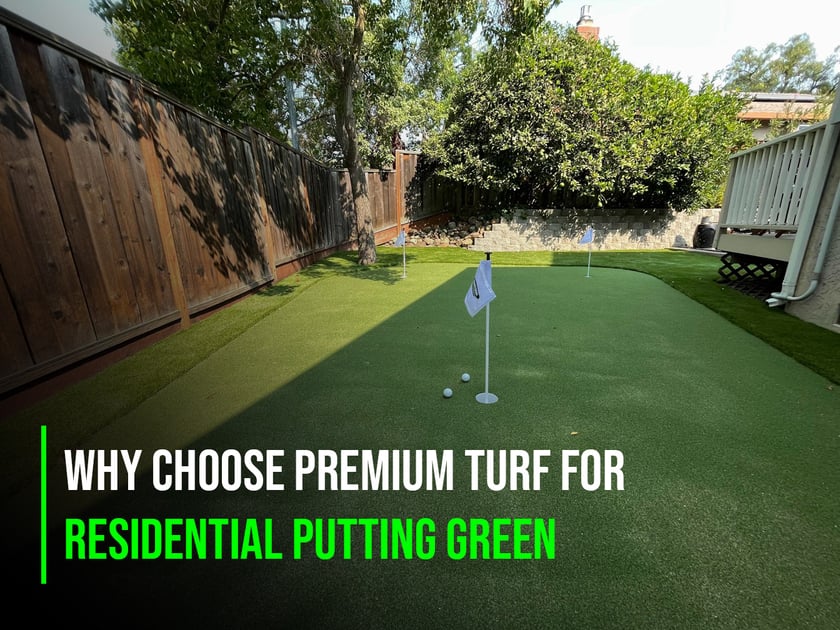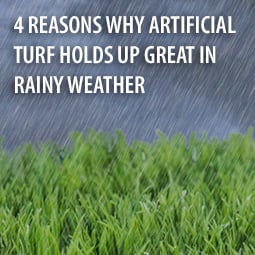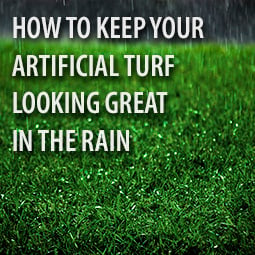 Has the aeration guy come knocking on your door yet this spring? If he hasn’t yet, it will probably happen soon! And when he comes, a savvy lawn owner should consider taking advantage of his services. The best time to aerate warm season lawns like bermudagrass and zoysiagrass is June and July. The best time for cool season lawns like tall fescue and Kentucky bluegrass is in late summer and early fall.
Has the aeration guy come knocking on your door yet this spring? If he hasn’t yet, it will probably happen soon! And when he comes, a savvy lawn owner should consider taking advantage of his services. The best time to aerate warm season lawns like bermudagrass and zoysiagrass is June and July. The best time for cool season lawns like tall fescue and Kentucky bluegrass is in late summer and early fall.
What is aeration? It’s the process of removing small “plugs” of soil from your lawn. Plugs measure a quarter to three-quarter inches in diameter, and have a length of one to six inches. While taking out chunks of your lawn seems counterintuitive to encouraging lawn growth, it is in fact an essential part of maintaining a healthy lawn.
Why do you need to aerate your lawn? Over time, and especially with heavy use, the soil in your yard becomes more compact. Soil that is too tightly compacted prevents oxygen, and thereby nutrients and water, from getting to grass roots and stunting root growth. This results in your lawn turning sparser and more scraggly. Another problem that aeration can help with is thatch, a thick, tangled undergrowth of grass that develops over time and prevents grass roots from receiving the nutrients they need.
Aeration breaks up the thatch barrier and provides your grass with the air and space it needs to flourish. Loosening the soil gives grass roots room to grow, and creating plugs in the soil allows water and fertilizers to reach them better.
How can you tell if your lawn needs to be aerated? You can actually test a small area of your lawn first before taking the aeration guy up on his offer. Remove a square foot of your lawn that is six inches deep. If grass roots are only one to two inches deep, it’s probably time for aeration. Those roots aren’t getting enough light, water and nutrients to grow long and healthy. As well, if the thatch layer is a half inch thick or more, it’s time to aerate.
Then there are some basic elements that will alert you to needing aeration. If the lawn is heavily used, it probably has become fairly compacted and is in need of a little loosening up. This is especially pertinent to sports fields, event arenas, etc. Also, if you have heavy clay soil, you should aerate your lawn often. Poorly drained or very wet areas especially need aeration.
Heavenly Greens eliminates the need for lawn aeration! Among many other perks of artificial lawns, your Heavenly Greens artificial lawn will never need to be aerated. Or watered. Or fertilized. Or hedged. The list goes on. Installing an artificial turf lawn is not only cost-effective and better for the environment, it saves you time on maintenance. Contact Heavenly Greens today to find out more about installing an artificial turf lawn in your backyard, at your school, at your company and more.











